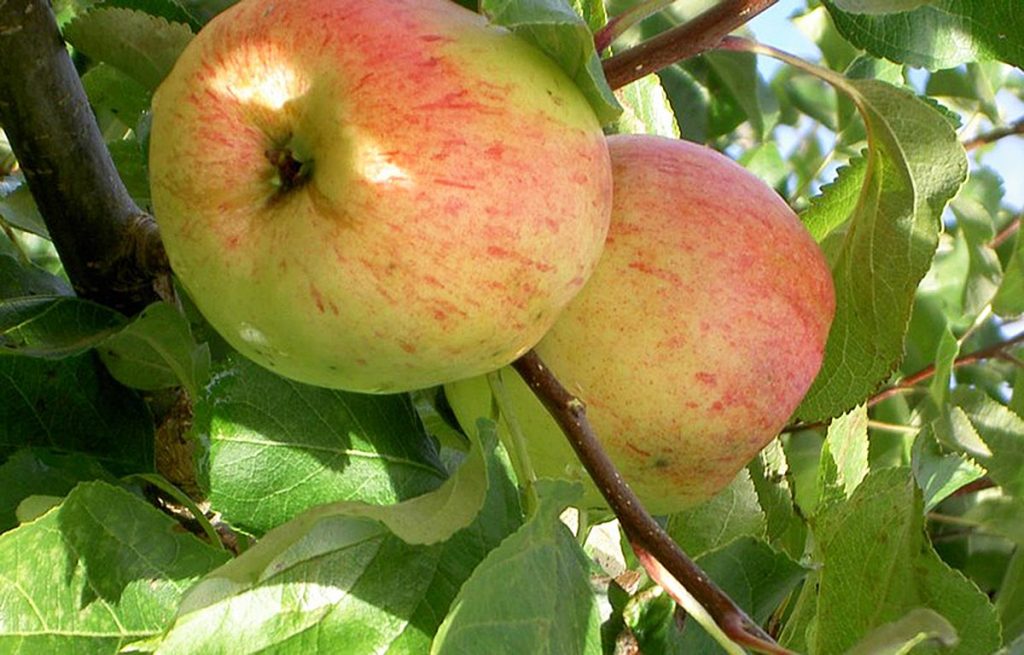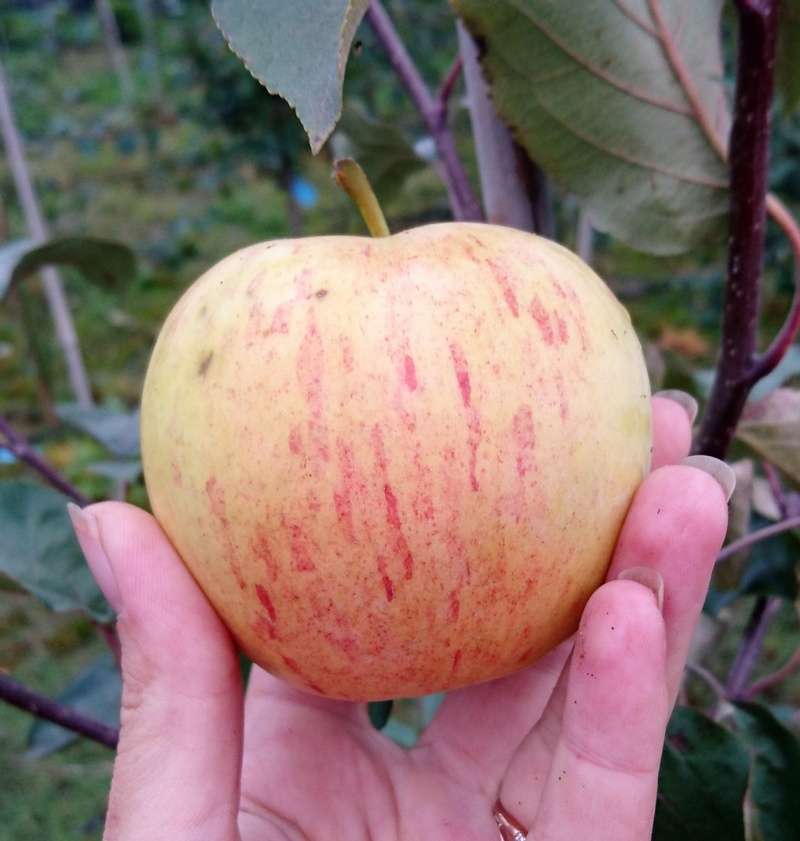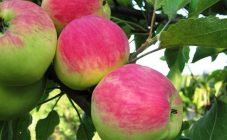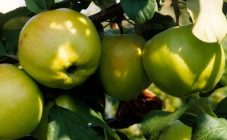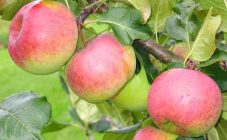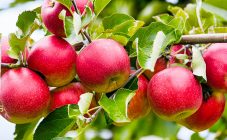Content:
What garden area can do without an apple tree? They are ubiquitous. But at the same time, their choice is approached very carefully, assessing the climatic conditions and characteristics of the tree.
The apple tree Baltika belongs to autumn varieties with sufficient winter hardiness. It was bred at the Leningrad fruit and vegetable base by the scientist P.I.Lavrik as a result of pollination of the Borovinka seedling. Subsequently, the Baltika apple tree was adapted for the North-West region of the Russian Federation.
Characteristics and description of the apple tree Baltika
A tall tree, up to 10 m in height, with strong branches and a spreading, medium-thickened crown. The apple tree has beautiful green leaves with jagged edges and a sharp tip. Begins to bloom in the second decade of May. The flowers are white. Fruits are large, reaching a mass of 120 g. The skin is yellow, turns pink as it ripens, the fruit is fragrant. The pulp is white, dense, juicy. Taste rating - sweet and sour.
Yield
This variety is characterized by increased productivity, for which it received universal approval.
Varietal feature - does not need a pollinator, it is a self-pollinated variety. The first fruits appear on the 5th year. The trees yield more and more crops every year. Fruit picking begins in September. Apples can be stored for up to 30 days in a cool place with moderate humidity.
Winter hardiness
The apple tree has been specially adapted to the climatic conditions of the northwest region; it winters well even at low temperatures. At the same time, it is resistant to fungi, which are the cause of scab and some other diseases.
Growing technology
The optimal time for planting a seedling is the end of September. But here it is important to focus on the climatic features of the region. The seedling must have time to take root before the onset of sub-zero temperatures. You can plant a tree at the end of April, when there is no longer any fear that frosts may return.
The place is chosen sunny, on the south side of the site.
The pit is prepared in advance, several weeks in advance. The dimensions of the hole: diameter -1 m, depth - up to 0.8 m. Prepare a soil mixture from the cut off fertile layer and humus. Humus can be replaced with rotted manure.
First, a peg is inserted into the center of the hole, which will serve as a support for the apple seedling, and then the plant itself is carefully placed. Filled with the prepared mixture in layers, each layer is tamped and watered. Along the perimeter, the land should be slightly higher than in the center, this is done so that water does not leak out during irrigation.
Subsequent care consists in timely watering, loosening, feeding and weeding. Watering is regular from the moment of budding, about once every 7 days. For an adult tree, up to 10 - 15 liters are poured under the root. water. Be sure to assess the weather conditions; in a hot dry summer, you need to water twice as often.
Top dressing is carried out 2 times a year: in spring and autumn. In the autumn, organic matter is introduced. Mineral fertilizers - in the spring according to the following scheme: when the snow melts - nitrogen-containing fertilizers, from the beginning of budding and until the fruit is poured, once every 3 weeks - phosphorus-potassium fertilizers.
Also, the crown is trimmed twice.In autumn, weak, non-viable and diseased branches are removed, and in the spring, before the start of sap flow, a crown is formed. Formative pruning is carried out for a four-year-old seedling.
Pros and cons of the variety
Among the positive varietal features are:
- Winter hardiness.
- Resistance to fungal diseases.
- Good taste of the fruit.
According to gardeners' reviews, no negative qualities were found in the apple tree. The only remark is the late fruiting date.
